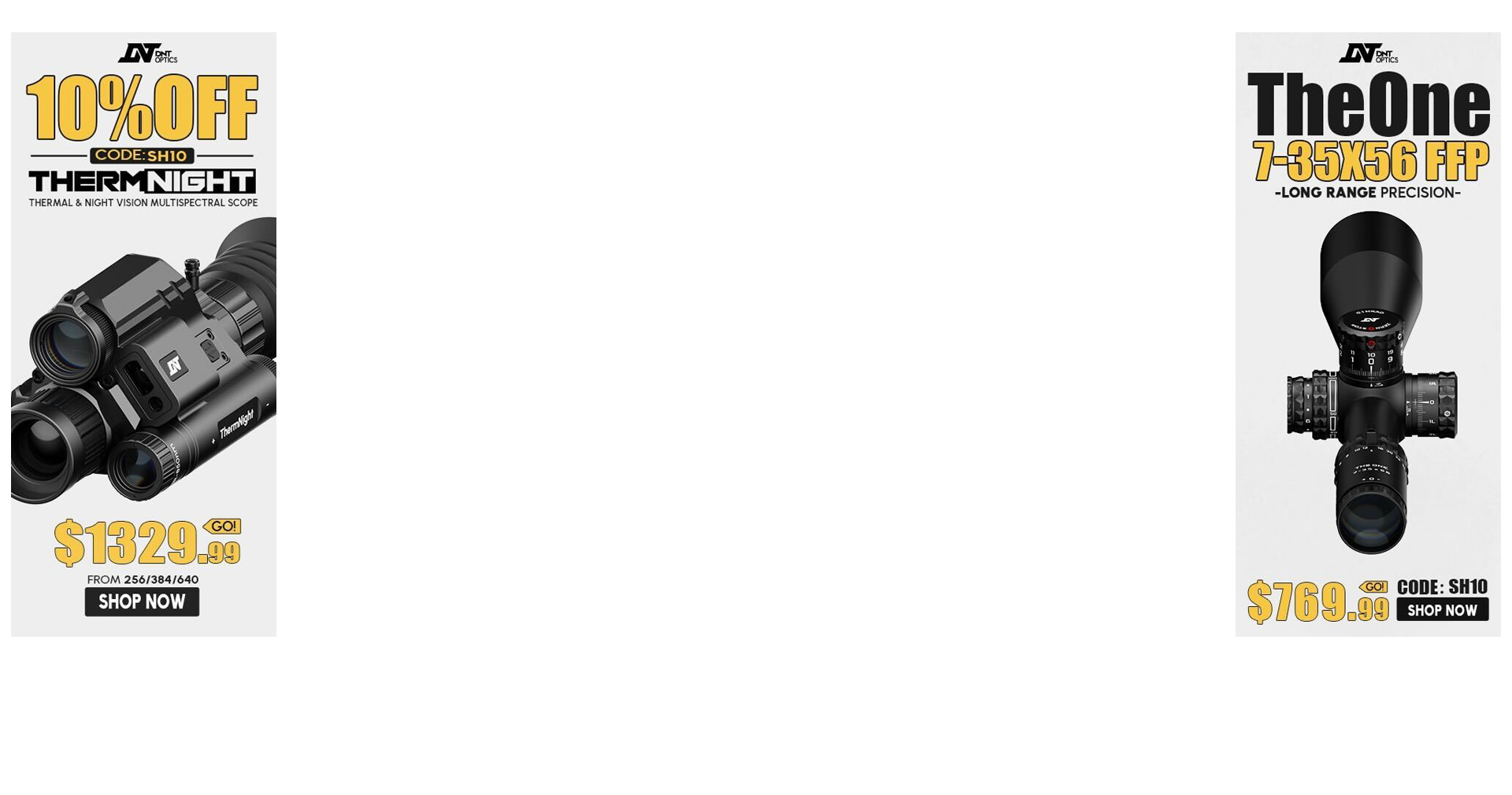Re: help with parralex
<div class="ubbcode-block"><div class="ubbcode-header">Originally Posted By: ipscmaster</div><div class="ubbcode-body">I am shooting a Leupold 24x on my 243 AI and when I get the parralex adjusted correctly, everything is out of focus.. Am I doing something wrong or is it the scope. I wear glasses to correct my vision, but with or without them it is still out of focus.
Thanks for any advice............ </div></div>
I have only one question until you can answer this one: Did you adjust the Ocular Lens (aka, <span style="font-style: italic">"Diopter"</span>, or <span style="font-style: italic">"Eyepiece"</span>), <span style="font-weight: bold">EXACTLY</span> as written below? If not, then your Ocular lens, which focuses the reticle itself - is incorrectly set for your eye. <span style="font-weight: bold">Until the ocular is correctly set it will be difficult to get the parallax setting to coincide with the image focus. The two are closely tied but are not the same.</span>
<span style="font-weight: bold">Below is the correct procedure for Diopter (Ocular/Eyepiece) adjustment for both fixed and variable power scopes. The procedure is the same regardless of scope manufacturer, or whether the objective/parallax focus is on the objective ring or is a side focus type.</span>
<span style="font-weight: bold">NOTE:</span> If the scope is a fixed power unit skip steps 1 and 2 as they do not apply.
(1) Turn the magnification ring to maximum (highest power).
(2) Turn the Parallax focus to <span style="font-style: italic">"Infinity"</span> (the symbol for "Infinity" looks like a horizontal figure eight). <span style="font-weight: bold">NOTE:</span> Most non-side focus scopes use a ring on the objective bell to adjust parallax, and the distances are usually numbered. Side focus parallax adjustment knobs may or may not have distances marked.
(3) Turn the ocular bell/eyepiece all the way in.
(4) Aim the scope at a cloudless section of the sky (you don't want anything except sky in the view, or else your eye will naturally attempt to focus on the object in the view beyond the reticle. A blank wall is "OK", but will still be a fuzzy out-of-focus haze around the reticle which can be distracting. Clear sky is best because the reticle will be the only visible object within view, allowing your eye a single object to focus on.
(5) Look at something nearby, but not too close, then look through the scope at the reticle. If the reticle is out-of-focus turn it a bit to begin to focusing the reticle, but look away from the scope. <span style="font-weight: bold">Never look at the reticle for more than a couple of seconds when adjusting the eyepiece</span> (if you look at the reticle for more than a second or two your eye will naturally begin to adjust to bring the reticle into focus - and you don't want this to happen. <span style="font-style: italic"><span style="font-weight: bold">You want to be able to look through the scope and see a sharply focused reticle immediately with your eye relaxed</span></span>. This cannot be achieved by continuously looking through the scope and turning the eyepiece into focus in one continous motion because your eye will have already begun to adjust.
<span style="font-style: italic">Remember, look away every few seconds and make small adjustments to dial-in the Ocular/Eyepiece focus.</span> Once you have achieved this, you should not adjust the eyepiece at all, <span style="font-style: italic">except to maintain sharp reticle focus</span> as your vision changes over time <span style="font-style: italic">(it always does).</span> You may want to put a pen mark on the eyepiece indexed to the index dot on the scope tube - if the tube doesn't have an index mark use a pencil. That way, if someone else shoots your rifle and adjusts the Ocular you know where to return the adjustment to.
However, if you still cannot achieve simultaneous reticle and image focus after following the above directions for Eyepiece/Ocular Focus, it is <span style="font-style: italic">possible</span> that there is a problem with the scope.
Keith

